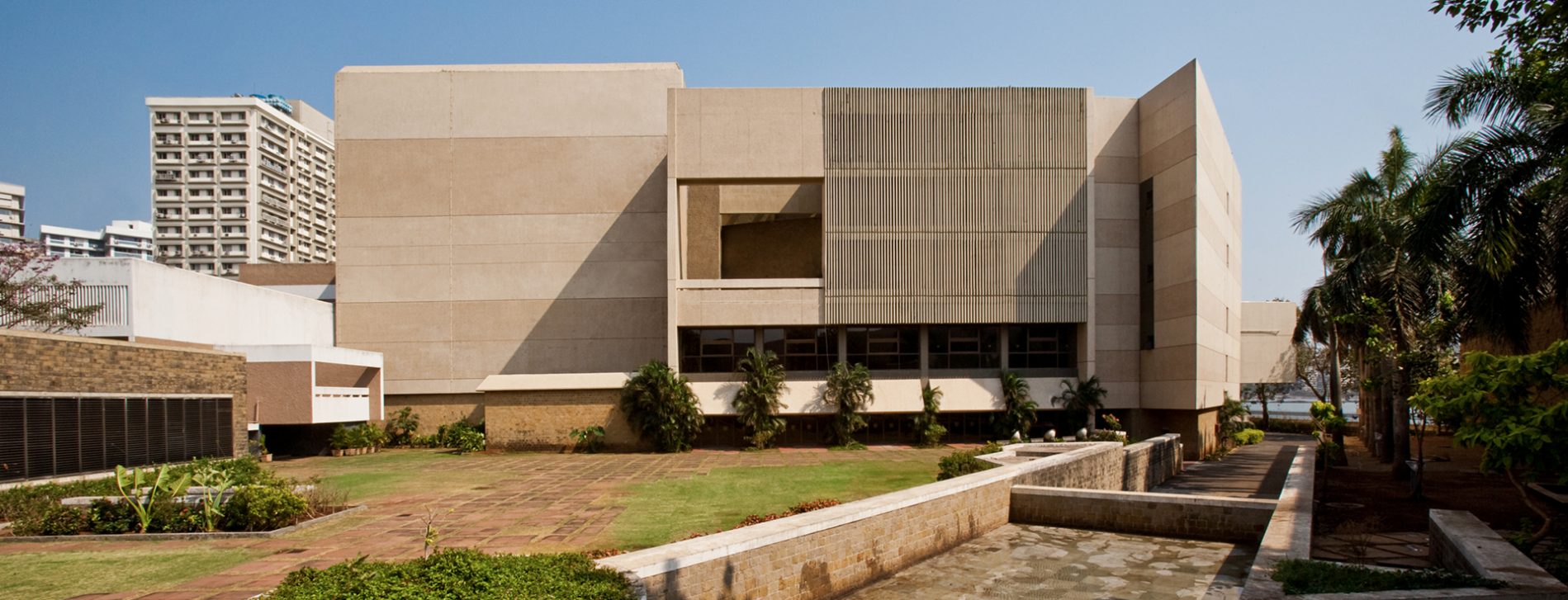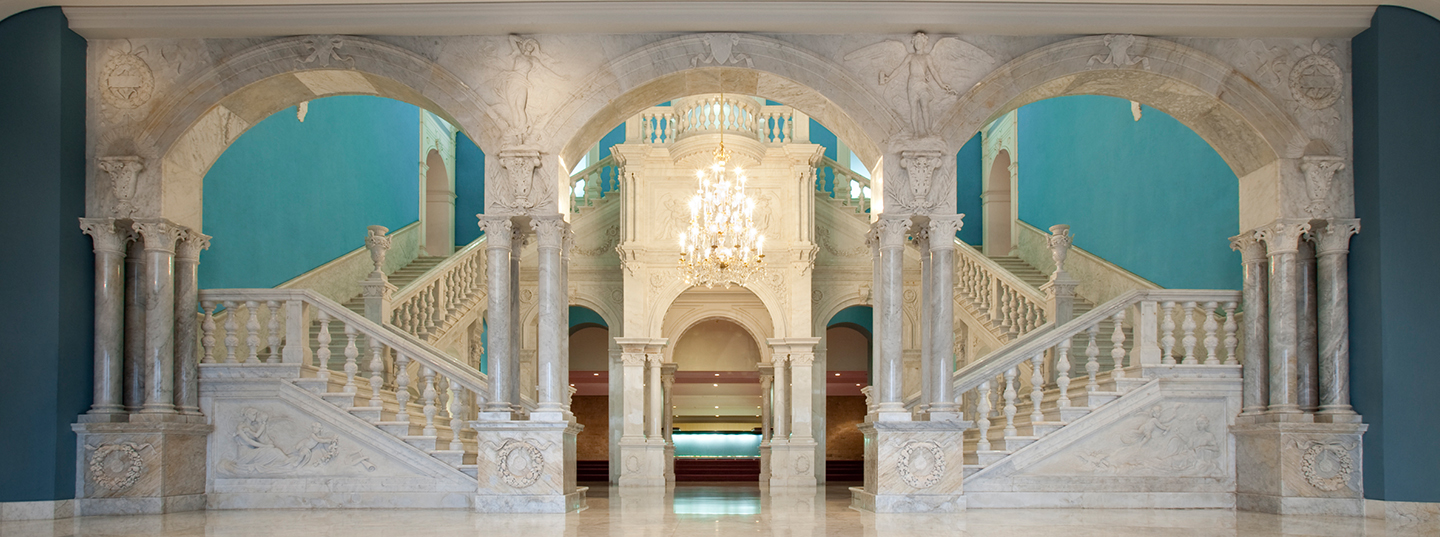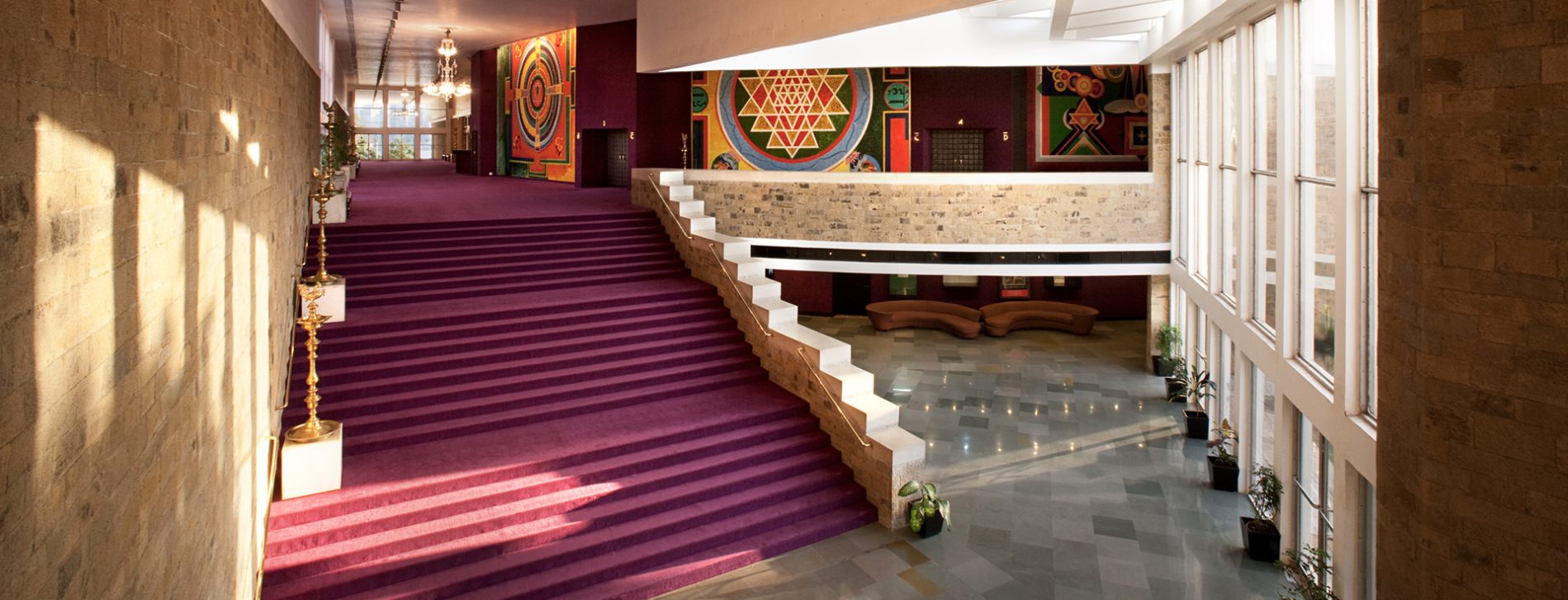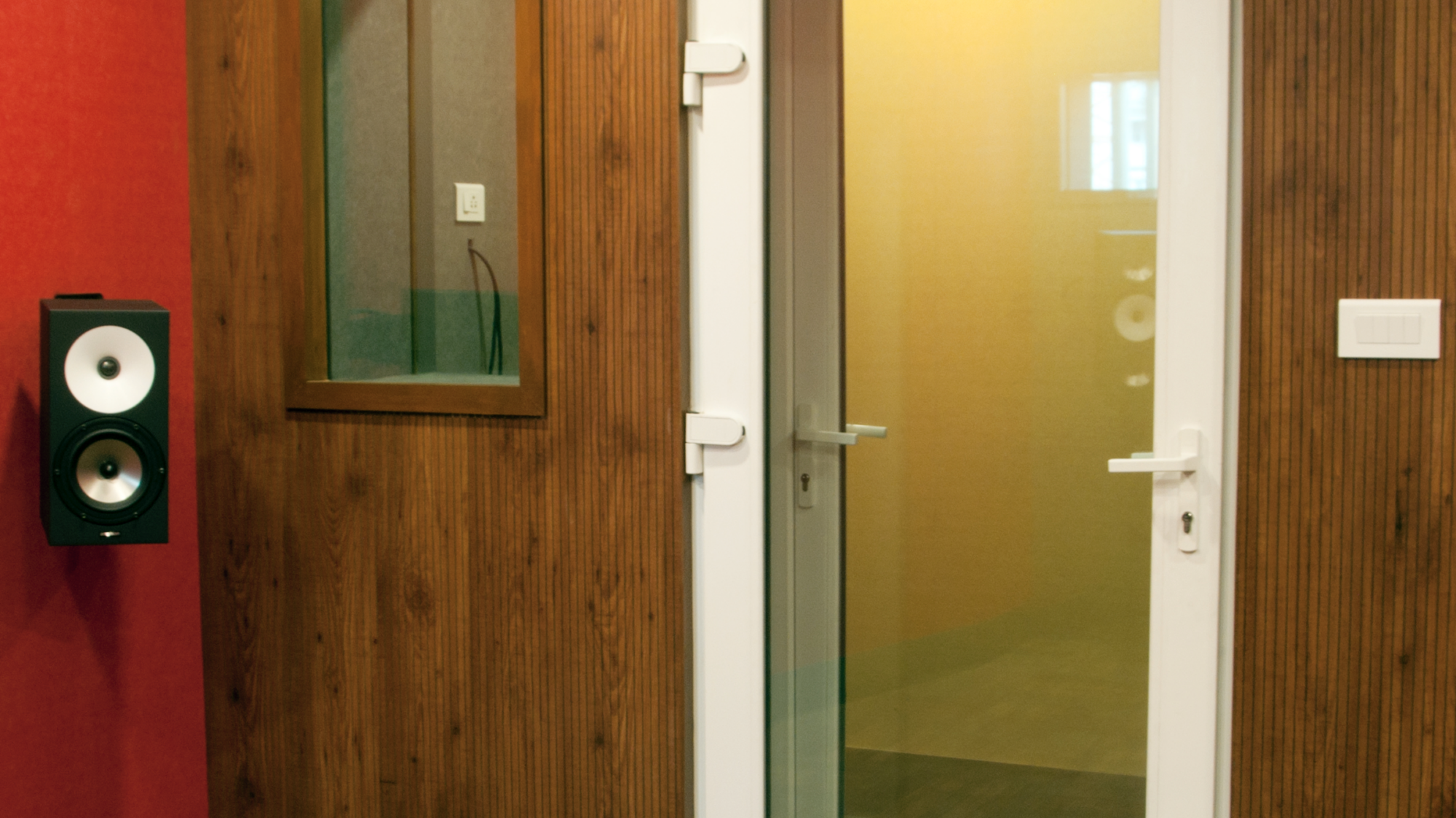Surround yourself with Sound: National Centre for the Performing Arts (NCPA), India
When asked for an industry standard, highly accurate studio-monitoring system by one of India’s most celebrated cultural centres, our distributor Ansata had no hesitation in presenting “Amphion”

Mumbai, India – The National Centre for the Performing Arts (NCPA) was founded in 1969, and inaugurated by its then Prime Minister, Indira Gandhi. It’s core mission is to preserve and promote classical, contemporary, and traditional performing/visual arts; fund and support every facility or activity to fulfil this core mission; and foster research, innovation and interaction in the arts both locally and globally. Located in the “Hollywood of India”, the home of Hindi cinema, which contributes 45% of the almost 2000 Indian feature films produced annually in India, NCPA’s geographic positioning seems perfect.
With the assistance of Amphion’s India distributor, Ansata, we interviewed Ishaan Krishna, (Senior Engineer: Recording and Mastering) of the NCPA, on their latest installation of an Amphion surround sound system in one of their studios. Ansata, led by Leslie Lean, is arguably the most progressive and proactive distributor in the nation – a company that is deeply respected in both studio and live-audio industry circles in India. It’s that solid reputation which told the NCPA they were in good hands.

The NCPA has an absolutely amazing artistic scope – music, dance, theatre, film, literature, and photography. Why was Mumbai, and more specifically, Nariman Point chosen as its home?
The founding fathers of the NCPA, Jamshed Bhabha and JRD Tata, both belonged to eminent families of then Bombay. The city has served as a cultural hub for the country, seeing an influx of several artistes. With its cosmopolitan appeal and endless possibilities, Mumbai prevails as the cultural capital of the country. It’s befitting then that Mumbai is home to the National Centre for the Performing Arts. Dr. Bhabha hoped to lay the foundation of the Centre in a prominent part of the city. Due to the dearth of space, the NCPA was built on reclaimed land. However, years before the NCPA came to call Nariman Point its permanent residence, music had begun to swaddle it in a Breach Candy building. The Bhulabhai Desai Memorial at Akash Ganga was NCPA’s temporary home while the reclamation work was on – a telling example that art doesn’t wait for ideal circumstances.

Tell us a little about your own role and association with this cultural centre. What drew you to working there, and what are some of the most memorable activities or events you can recall?
My role at NCPA is to document (record, mix and master) the various performances that happen here. I have been here for nearly eight years, and I have had the opportunity to work on a wide variety of audio work: Jazz quartets, 100-piece symphony orchestras, musicals, Indian classical recitals, Bollywood acts and radio spots to name a few. While freelancing could also have led me on a similar path, the comfort and stability that comes with having the backing of a prestigious organisation is unparalleled. Some of the most memorable concerts: Dawn at Midnight (bringing in Independence Day with Shantanu Moitra, Kaushiki Chakraborty and Gulzaar); Gandhi: the Musical (took a month of recording the choir + orchestration for the minus one tracks for the run); Die Fledermaus (an operetta featuring the Hungarian State Opera + Symphony Orchestra of India(SOI)); Every Good Boy Deserves Favour (A unique play that uses a live orchestra as a story telling device)
The Centre is not only active on its own site, but also works proactively in nurturing, funding, and empowering the performing and visual arts nationally. Tell us about some of those initiatives that service your mission to educate and preserve India’s artistic cultural content.
In its history spanning over half a decade, the NCPA has grown to be an important influence in the cultural life of not only Mumbai but the whole country. Our education and outreach initiatives reflect our commitment to promoting and nurturing young minds and new talent. The Western Music Programme and the SOI Academy have produced excellent young musicians, as have the Indian Music initiatives like the Guru-Shishya Programme. Myriad dance programmes too have enabled training to the underprivileged. Annual Festivals like Summer Fiesta and the Wunderkinds give a platform to the young artistes of tomorrow. The NCPA is also home to one of the finest collections of archival recordings of Indian and Western music, dance, soliloquies, plays and artiste interviews. This archival journey started in 1970 and has been a priority. To preserve the legacy of the great masters and the public dissemination of art and knowledge is the core objective.

What are the main facilities at the NCPA? How busy are you on a day-to-day basis? Are you dependent only on government funding and grants or does the private sector also contribute?
The NCPA has 3 functional studios, each in different buildings on campus, and a wide variety of audio recording and playback equipment dedicated to each of the 5 theatres on campus, not to mention the relatively smaller workshop/presentation rooms. Most of my time during a regular working day is spent in mixing/mastering the recorded performances, mostly for documentation purposes (the NCPA keeps an archive of most performances, dating back to 1970) but also for social media, fundraising and internal usage. On a concert day, I typically come for the “second shift”, and those days are usually spent in setting up for the recording of the relevant program. The NCPA is independent of any government funding. Generous support by patrons, benefactors and corporate guardians, helps the NCPA immensely in realising its artistic pursuit.

Recently, you installed a surround sound studio, equipping it with Amphion studio monitors. Please share with us the key equipment in that room and some of the projects produced. Why did you select Amphion? And how have they performed for you?
The setup in the newly built surround sound studio is actually fairly simplistic. The hub of the studio is the Avid MTRX Studio, which enables the computer to talk to the Amphion Two18 system. Dawn at Midnight, the International Jazz Festival, and EGBDF were some key performances to mix in this studio. At the NCPA, we needed a state-of-the-art space for mixing/mastering to ensure that we were able to produce mixes of an international standard. Amphion was chosen on Ansata’s recommendation when we asked for an industry standard, accurate studio monitoring system. They have performed admirably and yielded amazing results. I find their sound to be clear and uncoloured, even at louder levels.

There have been many prestigious local and international events and artists there – from the Symphony Orchestra of India who use NCPA as their base, to such great artists as Yehudi Menuhin and Marcel Marceau, iconic groups such as Vienna Philharmonic and London Symphony Orchestra. What are some coming notable events?
World-renowned conductor, Maestro Zubin Mehta will be conducting the SOI for the first time this August. It will be followed by a spectacular Autumn 2023 Season of the SOI with stalwarts like Zakir Hussain, Alpesh Chauhan, Richard Farnes, and more. The annual Bandish Festival (August) has a great lineup with Kavita Krishnamurthi, Pankaj Udhas and other musical icons.
~ Special thank you to Ishaan Krishna (NCPA) and Dhruv Behere, Manas Karkare, and Dani George (Ansata) for bringing us this unique performing arts | cultural perspective from India’s most populous city, Mumbai ~
_____
For more information about NCPA: www.ncpamumbai.com
For more information about Ansata: www.ansata.net
For more information about Amphion Two18: www.amphion.fi/two18